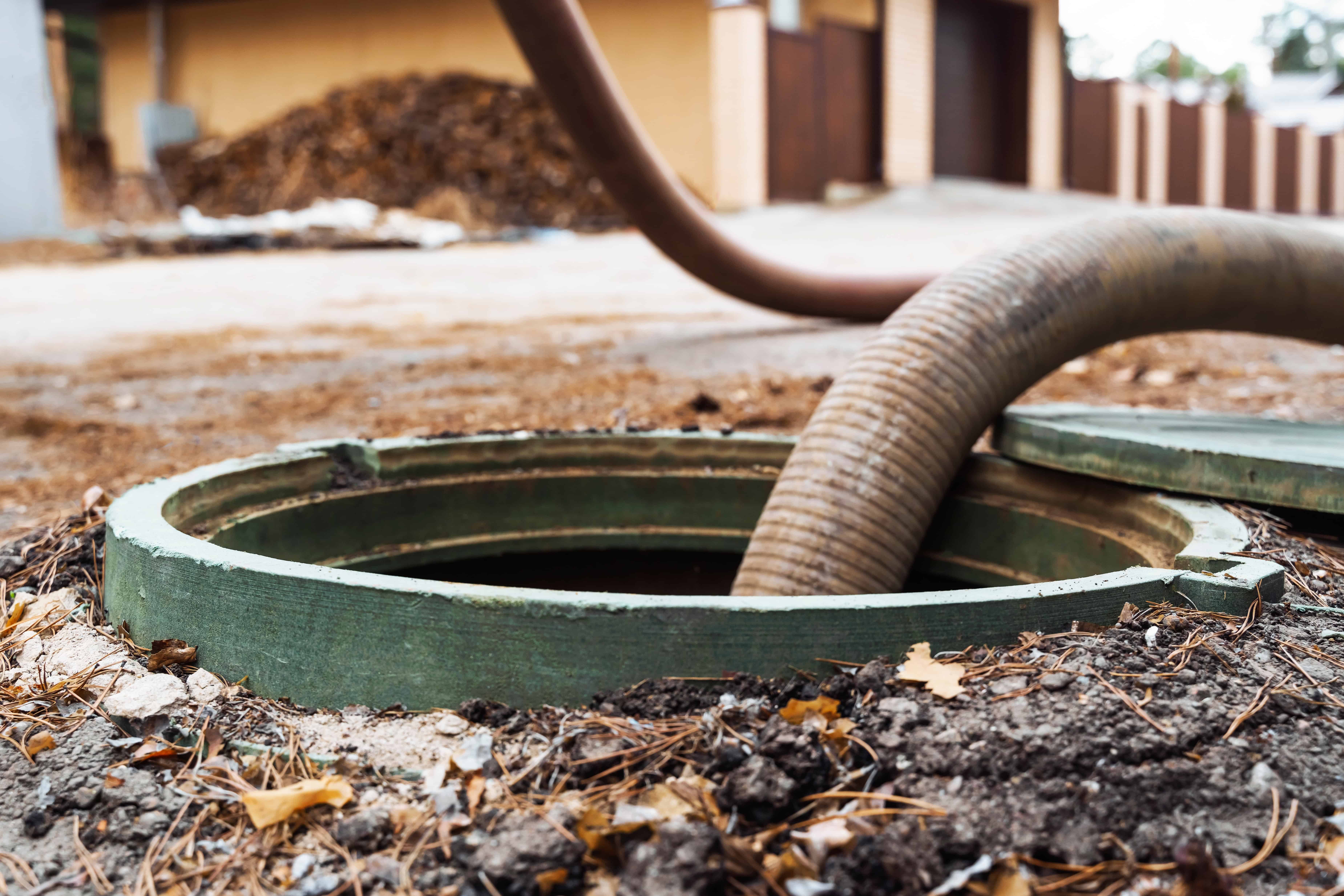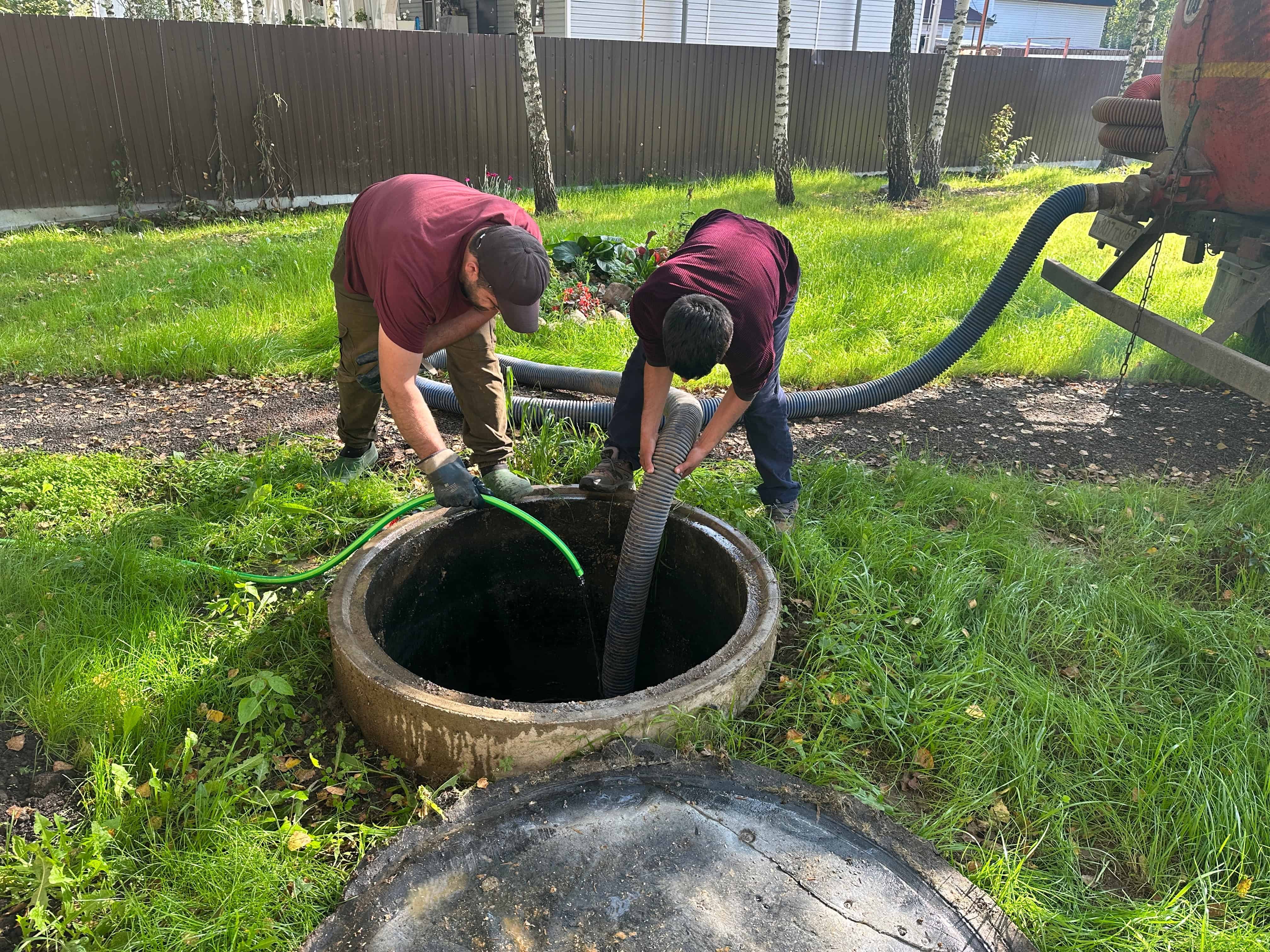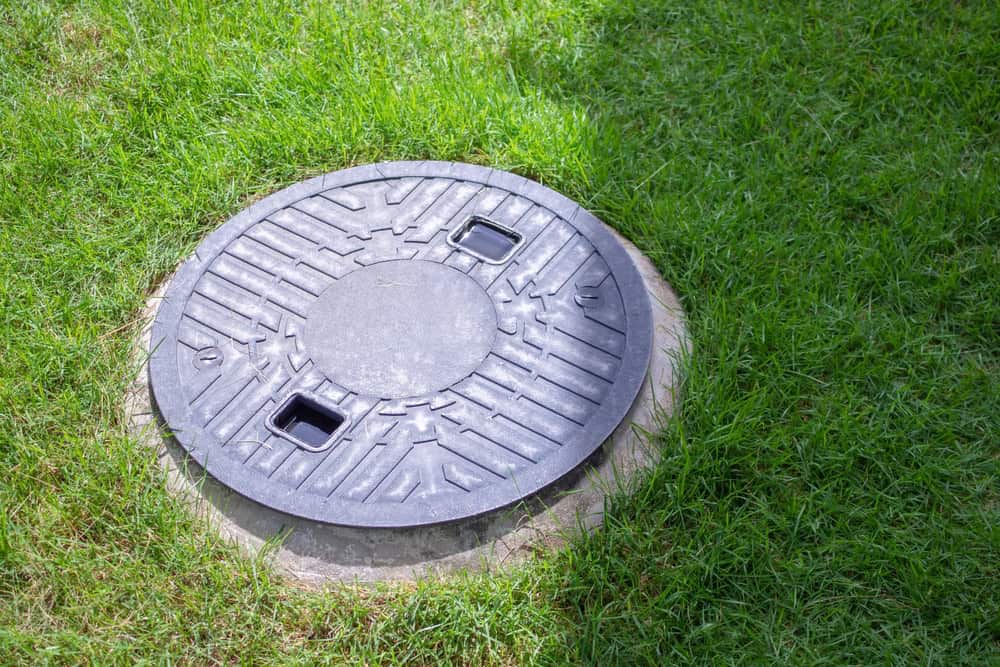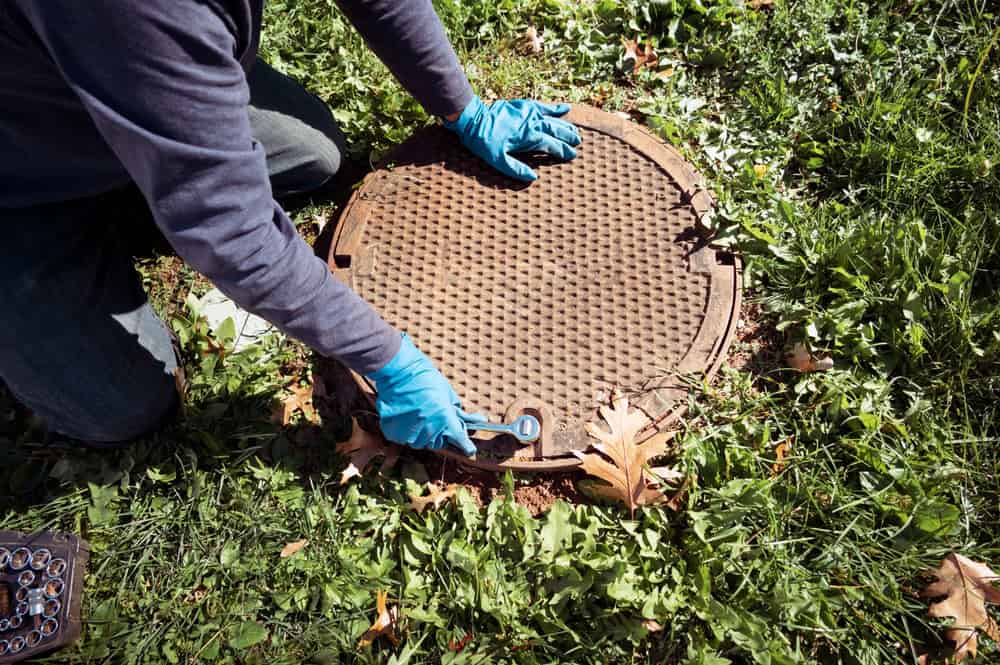Professional septic tank pumping services prevent backups, protect your property, and ensure that your system runs smoothly.

Hear from Our Customers

Your septic system handles everything you flush, wash, and drain every single day. When it’s maintained properly, you never think about it. When it’s not, you’ll know immediately.
Regular septic tank pumping prevents the sludge buildup that causes backups, slow drains, and that unmistakable smell that tells your neighbors something’s wrong. You avoid the panic of sewage backing up into your home and the thousands of dollars in cleanup and repairs that follow.
A well-maintained septic system protects your property value and keeps your family safe from health hazards. A well-maintained septic system provides years of reliable performance, eliminating the need for emergency calls and unexpected expenses that often occur at the most inconvenient times.
Quality Cesspool has been handling septic and cesspool services throughout Long Island for years. We understand how the local soil conditions, high water table, and seasonal changes affect your septic system’s performance.
Our licensed technicians know the specific challenges that Head of the Harbor homeowners face with their septic systems. We are not a company that operates infrequently or disappears once the job is completed.
You’ll work with the same reliable team that your neighbors trust for their septic maintenance. We’re here when you need routine service, and we’re here when emergencies happen.

We start by locating and accessing your septic tank, then inspect the system to check sludge levels and identify any potential issues before they become problems. Our truck-mounted equipment efficiently removes all accumulated solids and liquids from your tank.
During pumping, we examine the tank’s condition, check baffles and inlet/outlet pipes, and look for signs of damage or wear. We’ll let you know if we spot anything that needs attention now or in the future.
After pumping, we properly dispose of all waste at licensed facilities following state regulations. You’ll get a clear explanation of your system’s condition and recommendations for your next service interval based on your household size and usage patterns.

Ready to get started?
Every septic tank pumping includes complete removal of sludge and scum layers, thorough tank inspection, and proper waste disposal. We donot take shortcuts or leave partially pumped tanks that require service again in six months.
Head of the Harbor’s soil conditions mean your septic system works harder than systems in other areas. We account for this in our service approach, paying special attention to how seasonal groundwater changes affect your system’s performance.
We will provide you with accurate recommendations for your pumping schedule, taking into account your actual usage, rather than imposing a universal schedule. Most homes need pumping every 2-4 years, but your specific situation determines the right interval for your system.

Don’t let cesspool issues disrupt your day. Reach out now for a free estimate and expert service.
©2025 Quality Cesspool All Rights Reserved. SEO Company NYC – Web Design & SEO by Hozio